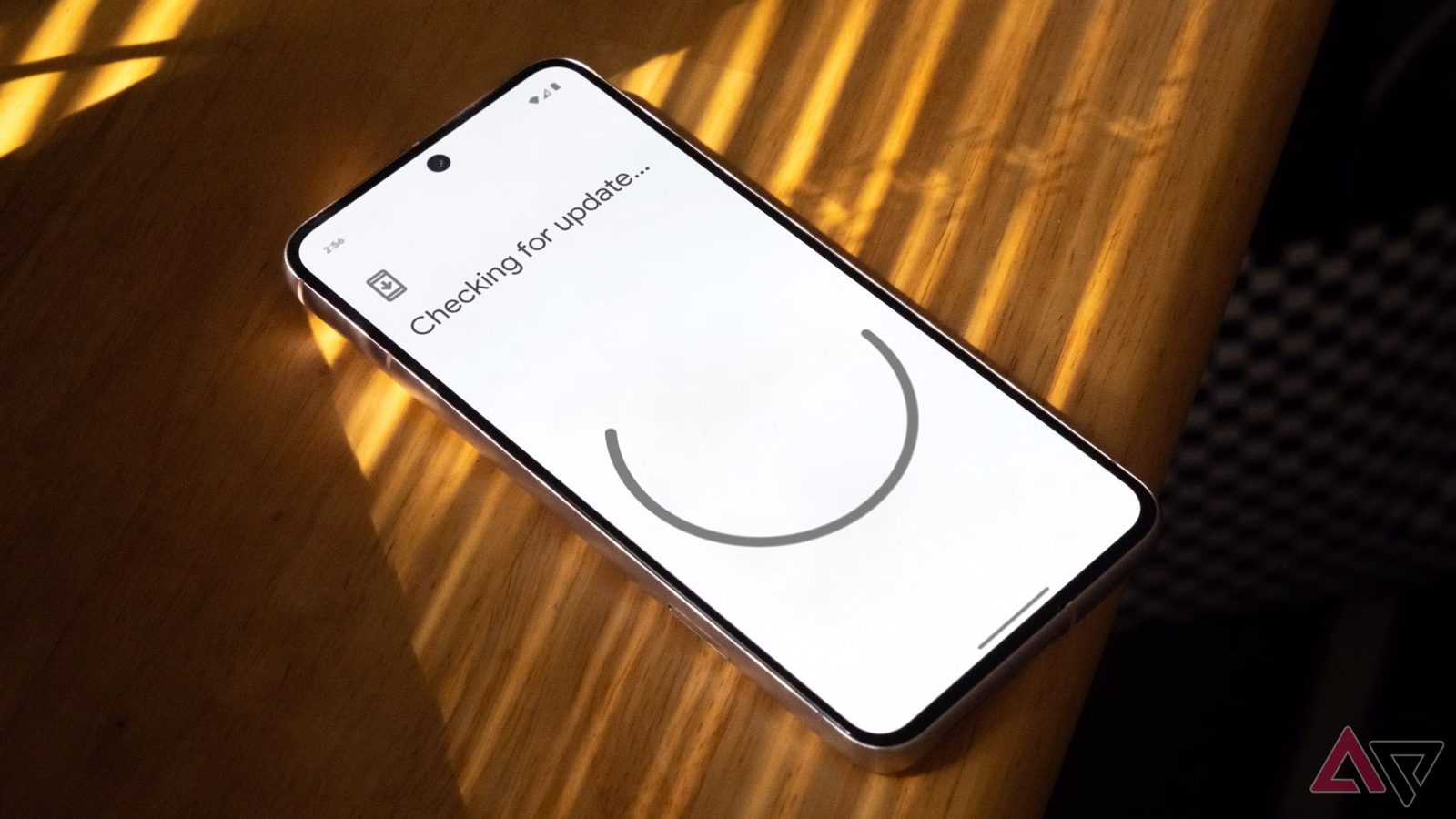What’s The Point Of 7 Years Of Updates If They’re Going To Be Riddled With Bugs Or Delayed?

Contents
Along with solid hardware, timely software updates are vital for a good smartphone. Software updates ensure a phone receives the latest features, bug fixes, and security enhancements even if the hardware is older. While iPhones have provided software updates for up to five or more years, Android OEMs have recently taken a page out of Apple’s book, with Samsung and Google promising seven years of updates on their latest smartphones.
The challenge lies in brands delivering on that promise. While Samsung promised seven years of updates, the brand struggled to release the One UI 7 update for the Galaxy S24 series. That’s not the experience one would want after paying top bucks for a flagship. Is there any credibility to the seven-year promise? Do updates for that long matter, considering most people upgrade their phones in three or four years? Here’s why I would be happier if Samsung delivered three years of solid updates on time, instead of playing the numbers game.

Related
6 A fight for bragging rights
It’s all about the marketing edge

For years, consumers have raved about Apple’s long-term software support for iPhone devices. It was one of the factors used by iOS fans during a debate with Android enthusiasts. Generally, Apple provides five years of support, so Android OEMs decided to one-up Apple by promising seven. However, the biggest difference is that Apple releases updates for all its devices at the same time, so an iPhone 13 and an iPhone 16 will receive the iOS 19 update later this year.
With brands like Samsung, OnePlus, or most OEMs, the rollout is not uniform and plagued with bugs, which lead to delays. For instance, One UI 7 for the Galaxy S24 series was to be rolled out long ago, but users are still waiting because the build isn’t stable. This makes me believe that brands aren’t prepared to update their phones for such a long duration, but announce long-term support for bragging rights. Using this, they can sell more phones because nobody can predict whether the brand will deliver updates on time or not in the future. Everyone naturally assumes the best-case scenario.
5 Can the hardware handle it?
Tech doesn’t age too well

Source: Qualcomm
While smartphone processors have become extremely fast and capable, it’s natural for chipsets to slow down over time. A phone that’s smooth now may not run the same five years later. This is especially true with newer software versions. For instance, I have a Google Pixel 6 running the latest build of Android 15. While it’s functional, the phone lags, stutters when switching between apps, and gets hot with prolonged usage.
Additionally, the battery life tanked to the point where the phone hardly lasts six to eight hours on a charge. What is the point of updating the phone to the latest software version when the phone can’t handle it properly? I would have preferred the phone run Android 14 with a stable interface, instead of this laggy mess. I can’t take advantage of the features on the latest OS if the phone isn’t usable. If this is the case with the third year of updates, I can only imagine how the situation would be in four more years.
4 Delays to iron out bugs
Compatibility issues may arise

Newer versions of Android come with upgraded kernel versions and drivers. This may cause issues with older hardware, resulting in brands taking longer to fix these problems. That results in delayed software updates. With more phones to support as newer models are launched, this delay could increase.
Until all the bugs are ironed out, brands can’t roll out the update because it will result in unhappy consumers. If they expedite it, it may result in a subpar user experience. There’s a chance the widespread issue of green lines appearing on the screen could have been due to brands rushing the update by giving in to the pressure of demanding consumers. If the focus is on a limited number of updates, the quality will get better.
3 The life cycle of phones is decreasing
People don’t use their phones for so long anymore

With technology evolving, consumers aren’t holding onto their phones for as long as they used to. Phones are getting faster processors, better cameras, and larger batteries. It’s natural for consumers to upgrade to newer models every few years. Also, several brands offer excellent trade-in values when they launch new phones, making the deal even sweeter.
I’m not sure how many consumers would hold on to a phone for seven years to receive software updates. I understand that the move reduces the carbon footprint, as more consumers can use their phones for longer. However, I’m not sure how many people would care about this aspect when deciding whether to switch to a new phone. Longer support is advantageous to the new owner if you sell your phones or pass them on to family members before buying a new one.

Related
2 Reduced focus on future releases
Can divert the attention towards newer features

Since OEMs launch multiple new phones every year, they need a dedicated team to focus on software development. This includes developing new features that impact the end user. However, the brand also needs a large team to focus on rolling out updates for its existing phones, the portfolio of which is high at this point, as phones are being supported for up to seven years.
If the duration is reduced, a larger team can be deployed towards the R&D of new software features that could make their way to newer phones and to older devices via updates. I’m sure consumers would appreciate useful features being rolled out regularly instead of a simple Android version update inside the Settings app.
1 The latest features will remain restricted to newer models
Brands will continue to gate-keep features

Over the years, I’ve seen several brands restrict new features of an OS to their latest smartphones. This makes sense, since brands want to push their latest phones onto consumers. If they made all new features available to older devices, people would be inclined to save money and purchase the previous generation’s model. Apple has been the worst offender, and other brands have followed suit.
Since the newest and best features won’t make it to older phones, why push an update that only changes a version number in the About Phone section? Since brands won’t make the features available, the hardware may not be capable of newer AI models. Considering these factors, it makes sense for brands to support phones until they can roll out meaningful features.
Give me fewer but better updates
Considering these parameters, I hope brands will focus on the quality of updates they deliver instead of aiming for the highest number of updates for a marketing advantage. Fewer updates with impactful features are more valuable than more updates with simple version changes and a UI overhaul.
It’s also important for brands to focus on the release timeline, since consumers are frustrated by delayed updates. The sweet spot is around three to four years, as most people will be ready to upgrade their phones, and timely updates will ensure they enjoy their time with the phone. So, the chances of picking a new phone from the same brand are higher.
What’s your reaction?
Love0
Sad0
Happy0
Sleepy0
Angry0
Dead0
Wink0






Leave a Reply
View Comments